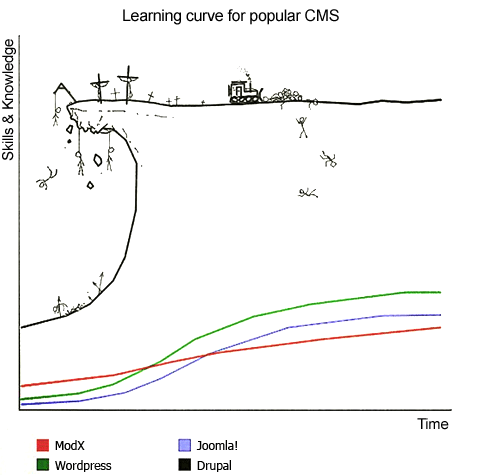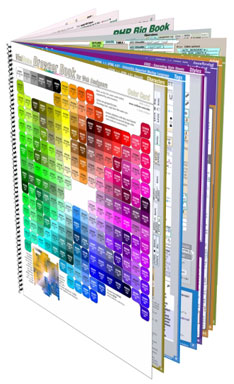Astute readers (and I know who you two are!) will notice a change to a newer theme. I’ve switched over to the WordPress Twenty-Eleven base theme, with a few of my own tucks, nips and tweaks. I wanted to check out the new theme and test out the new functionality and keep up with the latest stuff.
Child themes are a piece of cake to create, and a child theme lets me override the original without messing with the original source, so updates will not erase the changes. While they are not so difficult to do manually if you are familiar with the command-line, they are even easier with the plugin One-Click Child Theme.
With the child theme in place, I was able to shorten the gap between the site description (the motto) and the header picture, just by adding CSS to the style.css in the child theme (that’s the cascading part of CSS). I added a paper-curl edge effect based on the work of Craig Buckler, published on Sitepoint.
I was disappointed that my site was not valid HTML5, according to the W3C’s validator site. Category tags used in REL links aren’t standard, so I deleted those. The Creative Commons plugins want to use Dublin Core XML namespaces, and there are issues there I’ve got to clean up. And the “generator” REL tag on the bottom of the page isn’t too standard, either. Overall, though, the pages are relatively clean of excessive markup or poorly-formed structures. Stay tuned as I tweak the last few elements into line.

